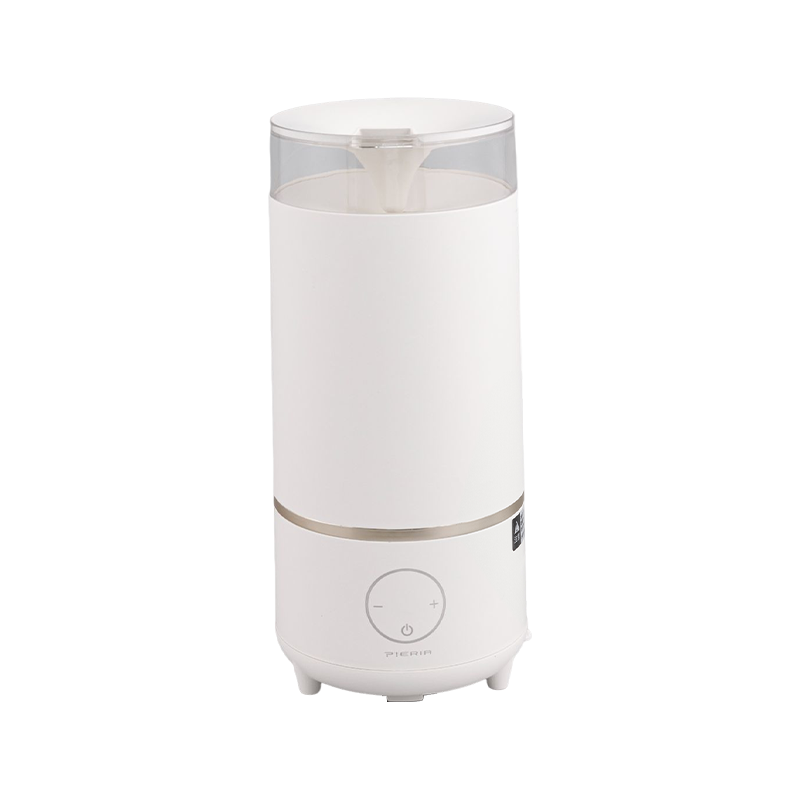An ultrasonic air humidifier is an air humidifier that produces ultrasonic waves. These waves produce a number of chemicals. The investigator of the study wanted to draw attention to the lungs, which are particularly sensitive. But he also wanted to show the health risks associated with these chemicals.
Features
One of the features that you should look for in an ultrasonic air humidifier is if it has a filter. This is because ultrasonic humidifiers don't contain filters, and this can cause a problem because the water that they use can contain minerals. These minerals will be released into the air as dust, and this can affect your flooring and furniture. The amount of dust that is released is different depending on the type of water you use, as hard water has more minerals than soft water.
A humidifier will help you achieve the right humidity level to minimize the likelihood of experiencing nosebleeds. You will be able to breathe easier and sleep better with the proper humidity level. In addition to minimizing your chances of developing nosebleeds, an ultrasonic air humidifier is a great way to make your home healthier.

Purpose
If you are looking for a humidifier that can deliver moisture to your entire room, you can choose an ultrasonic air humidifier. This type of humidifier has a humidistat that shuts it off when the humidity level rises too high. Excessive humidity can cause dampness and mold growth. A humidistat also allows you to use aromatherapy oils with your ultrasonic humidifier.
An ultrasonic humidifier works by evaporating water droplets to keep your air humid. However, the water droplets contain impurities that can cause the water to form a white, sticky dust on objects nearby. Furthermore, pathogens can grow in stagnant water, so you should clean the ultrasonic humidifier every once in a while.
Energy efficiency
The energy efficiency of an ultrasonic air humidifier depends on how it is set. There are many different settings that can affect how well a humidifier functions. Most systems have a minimum outdoor air setting of about 15% or 20%. The economizer automatically adjusts to a lower setting when the discharge temperature is less than the setpoint.
Unlike traditional steam humidifiers, ultrasonic humidifiers generate tiny droplets that are around 20 microns in size. These are blown into the air via a small fan. These units can effectively humidify medium-sized rooms. Most are designed to be placed in bedrooms or similar rooms.
Noise
When a humidifier is running, it makes a noise while misting the air. Many of these noises are harmless, but some can disturb sleep. It can be a nuisance for light sleepers, but you can avoid this noise by using a quiet humidifier. If you do notice an annoying gurgle, check the water tank cap or change to a different brand.
Ultrasonic humidifiers are not equipped with filters, and mineral dust can be blown around the room. This dust can settle on furniture and electronics. However, it can be minimized by using distilled or reverse osmosis water. Using a decalcification filter will also help reduce this dust.
Minerals in tap water released into the air
Ultrasonic humidifiers release mineral-rich droplets into the air. These particles contain calcium, sodium, and other minerals. The amount of minerals released into the air will depend on the TDS and hardness of the water used. Both TDS and hardness can be estimated before using an ultrasonic humidifier.
The deposition fraction is the mass of the particles deposited in the air, compared to the total amount of water ingested. The higher the deposition fraction, the more particles are released into the air. This means that a larger percentage of the particles will be inhaled by people. Inhaling these particles can lead to inflammation and tissue injury.
Safety
An ultrasonic air humidifier releases water droplets into the air. This water may contain trace amounts of minerals or biological contaminants. While all tap water has some minerals, hard water is especially high in minerals. These particles are carried into the air and can affect the health of people in the room.
Although the use of ultrasonic humidifiers has not been proven to cause adverse health effects, the use of ultrasonic humidifiers should be a last resort. These devices are known to emit fine particles into the air, and they could pose a risk to people who are sensitive to certain chemicals in water. If you have a sensitivity to chemicals, you should consult a doctor immediately.
Cost
The cost of ultrasonic air humidifiers used to be higher than that of evaporative humidifiers, but increased supply has made them more affordable. Today, a highly rated ultrasonic humidifier is available for about $75. An evaporative humidifier, on the other hand, costs around $50. However, the cost of replacing filters makes them less relevant.

 English
English 中文简体
中文简体











